PELOUZE
Pelouze (from the French pelouse, meaning grass or lawn) was one of the winning entries in the 2005 Kunst in de Buurt (Art in the Neighbourhood) competition organised by the City of Ghent (Belgium). The event took place in the Halvemaanstraat in Ghent from 25 to 28 August 2005. Seven years later, I feel that the idea of Pelouze is more relevant then ever before. Why?
What was the situation?
An ordinary street in the city of Ghent that is normally full of traffic. The residents have small gardens and they form the usual social mix: elderly people, young families with children, immigrants, students, artists, unemployed people...
They don’t like their street and they hardly talk to each other: most of the time, they go to work, go shopping or are huddled in front of the television.
What is the project about?
Pelouze was created as a temporary intervention in a public space: the street would be closed to traffic for five days and covered with real grass. A special type was selected: specially reinforced grass slabs that are normally used on football pitches.
The street was transformed into a public garden running in one continuous strip in front of the resident’s houses.
The preparation period lasted six months, during which time the residents were informed about the project and encouraged to participate. During that period, the inhabitants prepared themselves mentally for the event. Some of them actively participated and wanted to organize activities, but most of them stood and watched...
Everything changed when the grass was unrolled. It created a surreal urban landscape, in which the smell of grass, the act of maintaining it, the absence of cars and the mix of people that came together to enjoy it created a strange atmosphere of peace.
In a very contradictory way, it felt very natural, as though time had stopped and that the situation could go on forever.
Why is still relevant?
Halvemaanstraat is no longer the same street that it was seven years ago. Pelouze changed something: the inhabitants repeat the event every year (light version); they renovate their houses, they hang flowers on the facades and they communicate.
In times of crisis: people become intolerant of each other.
In the age of multimedia and virtual reality: people lose direct contact with nature and with the earth.
In times of increasing contrast between the rich and the poor: people avoid each other.
How many other contemporary public spaces provide the same intense feelings of joy and peace that Pelouze did?
Pelouze is urban medicine. It can be installed in almost any street, in any city in the world. The medicine has the power to transport city dwellers to a surreal urban landscape in which they establish contact with their neighbours and experience an intense connection with nature.
(credits: photos : Hendrik Braet, Hans De Keyser, Nic Geeraert, Johan Goeteyn workshop, Marc Coene, Jan De Coninck ; production : It can be done bvba ; text editor : Helen Simpson)
 Share / Save
Share / Save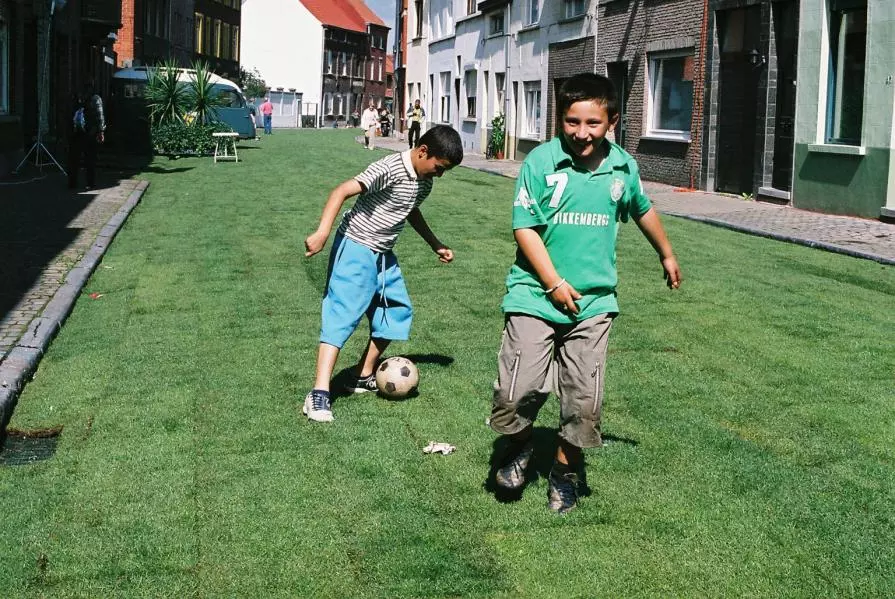
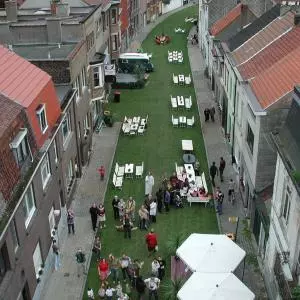




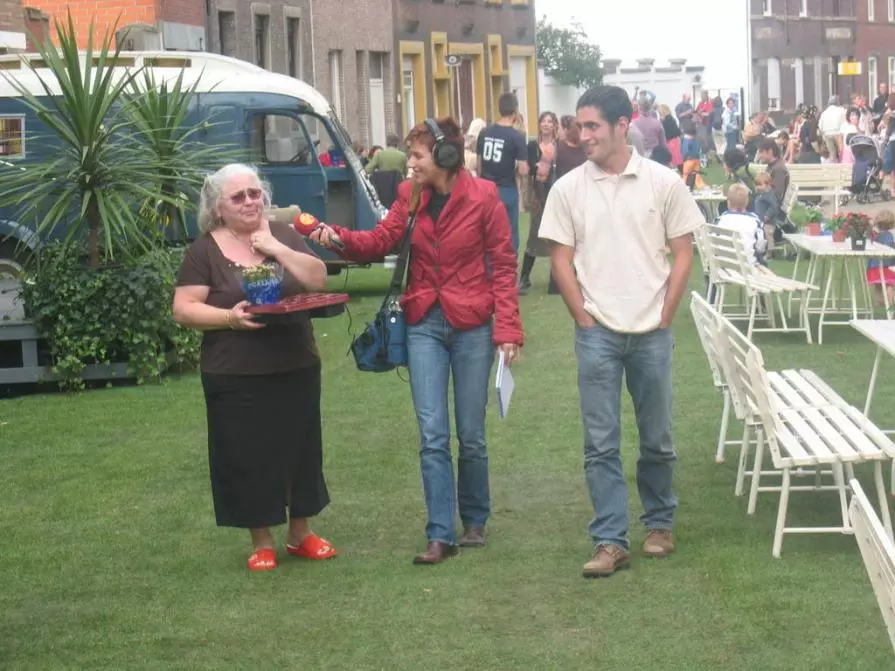
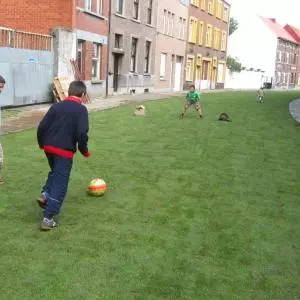

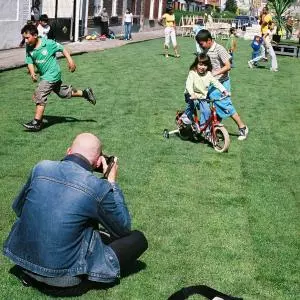
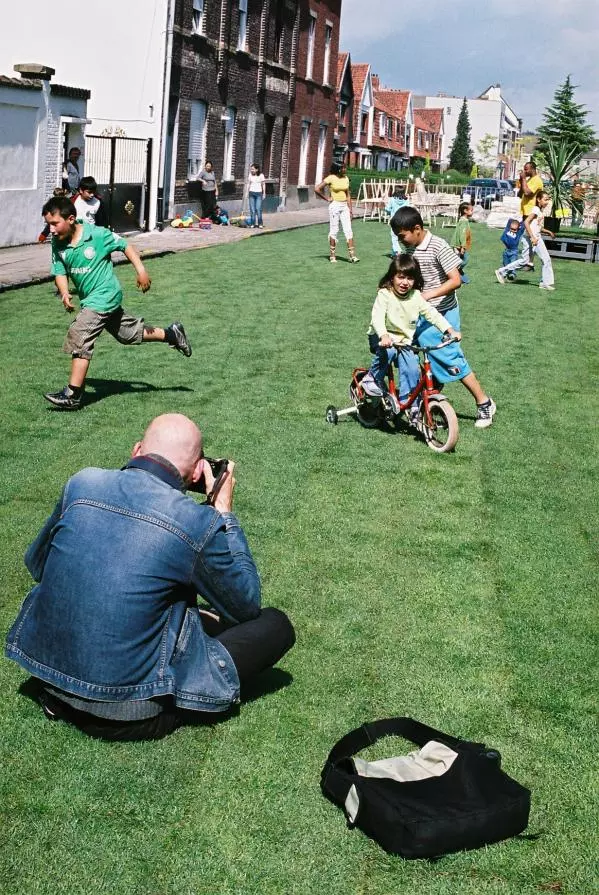
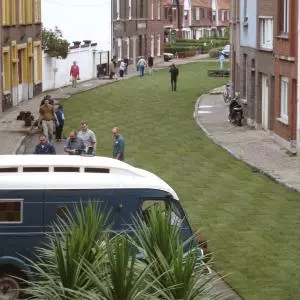
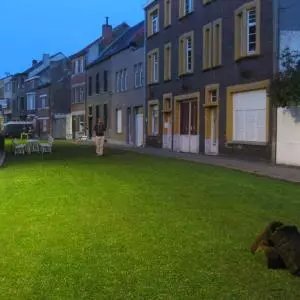

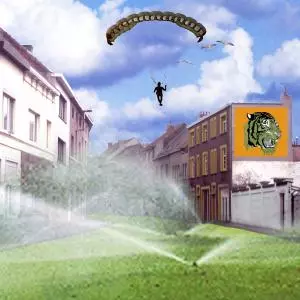
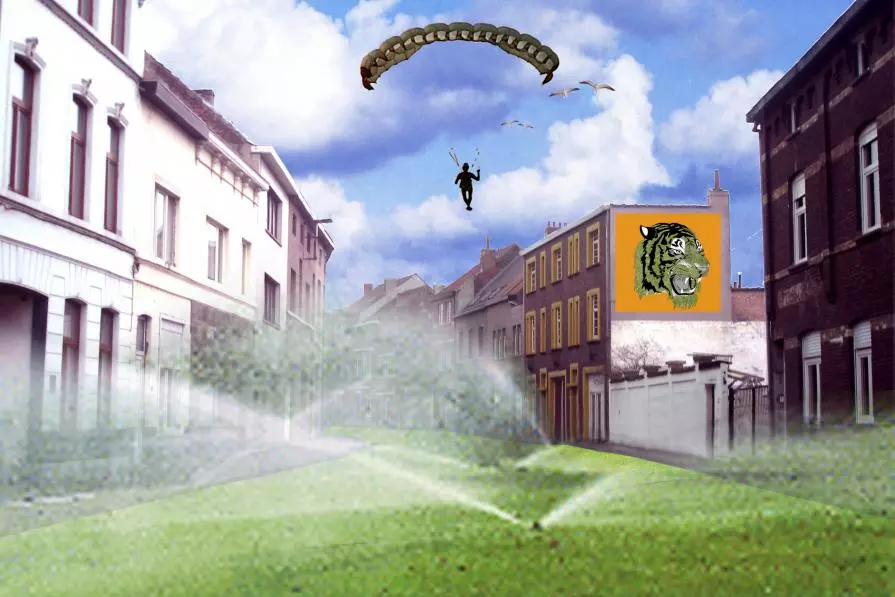
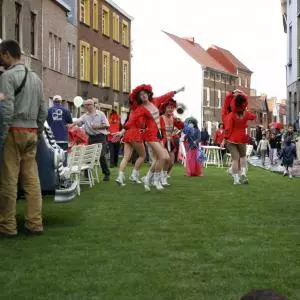









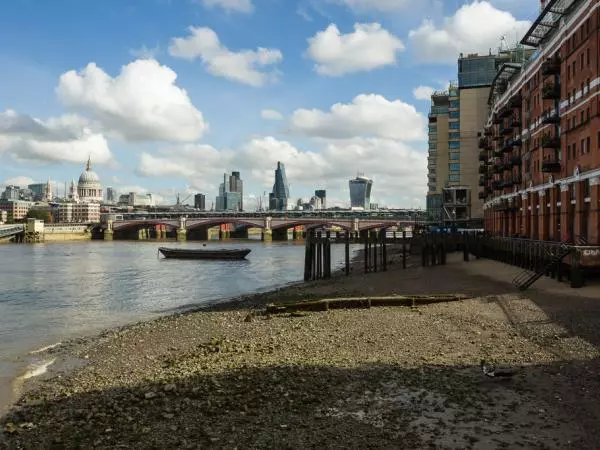
Comments 1
Say something